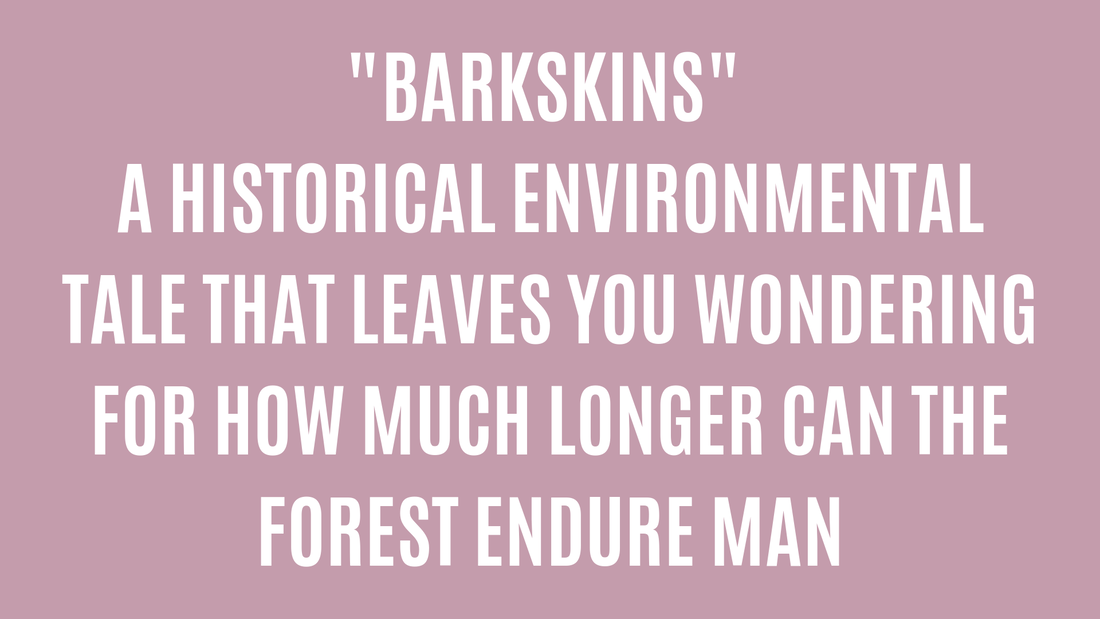1 Comment
Your comment will be posted after it is approved.
Leave a Reply. |
Charlaine Jannerfeldt
Chief Experience Officer Welcome to the blog where I share strategies, tricks and tips on how to make adventuring in the outdoors part of your Swiss experience
FREEBIES
POPULAR POSTS
|




